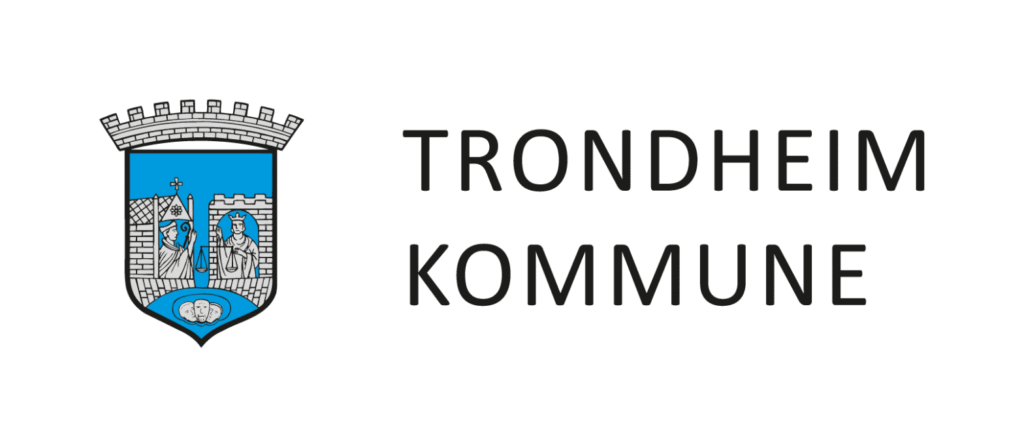Trondheim
Challenge
How can Trondheim municipality implement real-time monitoring and reporting of loading and unloading zones to optimise last-mile deliveries?
CURRENT SITUATION
Trondheim Municipality is committed to building a more sustainable, efficient urban logistics system, a key pillar of its climate strategy. A central aspect of this plan is enhancing last-mile delivery operations by optimizing the management of loading and unloading zones in the city centre.
Currently, delivery operations are often inefficient and prioritize company convenience over urban needs. Observations indicate that fewer than 25% of delivery vehicles serve multiple recipients per trip, even within shopping centres that house dozens of stores. This single-stop delivery approach leads to an excess of delivery trips, elevated emissions, and increased congestion, especially in high-traffic areas, making it challenging to create a safer, cleaner, and more accessible city centre.
To address these issues, Trondheim Municipality is interested in testing smart loading and unloading zones linked with real-time occupancy monitoring. By capturing and reporting live data on loading zone usage, the municipality aims to support more efficient delivery scheduling, reduce unauthorised use of loading spaces, and help traffic flow more smoothly, especially in high-demand areas in the inner city of Trondheim. If possible, this information could also be shared with delivery companies to enhance planning and improve delivery efficiency.
This system would enable more coordinated and optimised loading and unloading activities, aligning logistics operations with Trondheim’s broader goals for environmental sustainability, smoother traffic flow, and an improved urban environment.
Desired situation
Primary:
- Improved Urban Environment: Reduced congestion around loading zones would result in a quieter, more accessible city centre, creating a more welcoming environment for residents and visitors and supporting local businesses.
- Reduced Emissions: By monitoring and optimizing loading zone occupancy, delivery trips can be better coordinated, leading to fewer overall trips and a decrease in greenhouse gas emissions and air pollution.
- Decreased Traffic Congestion: Real-time monitoring of loading zones would minimise unauthorised use and improve delivery scheduling, reducing the number of vehicles circling or double-parking in high-traffic areas and leading to a smoother flow of traffic for all commuters.
Secondary
- Better Working Conditions for Drivers: With real-time occupancy data, drivers can plan more efficient routes, reduce wait times, and experience less stress in finding available loading zones, improving time management and overall job satisfaction.
- Enhanced Safety: Fewer vehicles idling or searching for loading zones would lead to fewer road hazards, lowering accident rates and improving pedestrian safety in the city centre.






